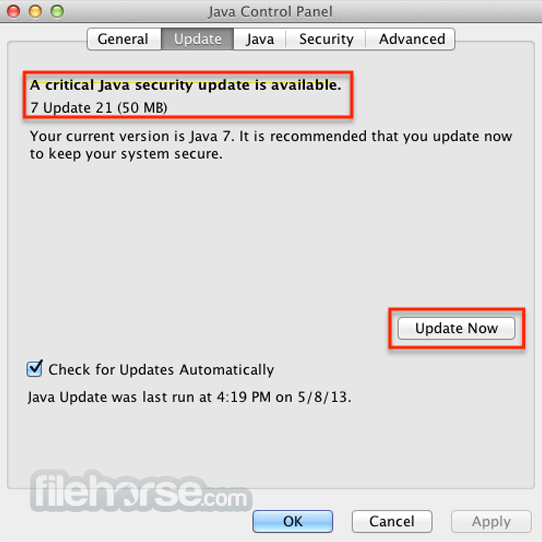An error “you need to install the legacy Java SE 6 runtime”, is encountered when you open any Adobe application.
I am looking for the path the the JRE file on Mac OS X 10.6.8. Or is there no such file? Is JRE just slang for an idea or concept? Java Runtime Environment is a real thing. Does it have a file? The following steps show you how to install a non-notarized JDK or JRE. Note: These steps use the JDK 8u231 macOS installer as an example. These steps apply equally to all other JDK and JRE releases. Installing the JDK Using a.dmg File. Double-click on the.dmg file to begin the installation. If you have not yet installed Apple's Java macOS 2012-006 update, then you are still using a version of Apple Java 6 that includes the plug-in and the Java Preferences application. There is an important difference about the installation of Oracle Java (both JRE and JDK) that you should be aware of. Update for Java Runtime Environment for Mac (1.8.251) MAC-033: Critical: 16: Java Runtime Environment for Mac (1.8.261) MAC-033: Critical: Disclaimer: This webpage is intended to provide you information about patch announcement for certain specific software products. The information is provided 'As Is' without warranty of any kind. Many Adobe applications depend on the Oracle Java Runtime Environment (JRE) for some features to work. Apple recently changed the way it includes Java in Mac OS, and with Lion, Java is no longer preinstalled. It is now an optional install that you must select.
With Mac OS 10.7 (Lion) and later, the Java runtime is no longer installed automatically as part of the OS installation. Follow any of the methods below to install Java runtime.
You can download and install the latest Java runtime from the Java website - Download Free Java Software.
Note:
On Mac OS 10.10 (Yosemite), when you launch any Adobe product, you might receive a warning 'The Application has been moved and its path has been changed...'.

Click Repair Now or Update button to update the location and resolve the issue. When prompted for password, enter your system password to complete.
If Java runtime is not installed, you are prompted to install when you first launch any Adobe product. Follow the onscreen instructions in the Java required notification dialog box to install.
Use the following method to initiate the Java runtime installation or confirm if it is installed.
- Go to Applications > Utilities > Java Preferences.
If Java is not installed, you receive the following message: “To open “Java Preferences,' you need a Java runtime. Would you like to install one now?”
- Click Install and accept the license agreement. The Java runtime is downloaded and installed.
Many Adobe applications depend on the Oracle Java Runtime Environment (JRE) for some features to work. Apple recently changed the way it includes Java in Mac OS, and with Lion, Java is no longer preinstalled. It is now an optional install that you must select.

Since current Adobe installers and applications were built before these changes by Apple, Adobe software anticipates that Java is installed. Adobe and Apple have worked together to ensure that you can install Java at OS install time. Or it can be installed later before you install Adobe applications. At runtime, when you launch an Adobe application, you are prompted to install Java if it is not already installed. If you do not install Java before running an Adobe application, there can be missing or improperly behaving features. If you encounter any issues, install Java to correct the problems. Adobe recommends that corporate IT organizations pre install Java (or make sure that Java can be installed through their firewalls/security) to avoid conflicts with Adobe applications.
Java Jdk For Mac
If the Java runtime is not installed, some issues that are known to occur include -
Java Jre 6 For Mac
- Failure to launch.
- Install Java runtime prompts when you attempt to use the applications.
- Applications hang or quit.
